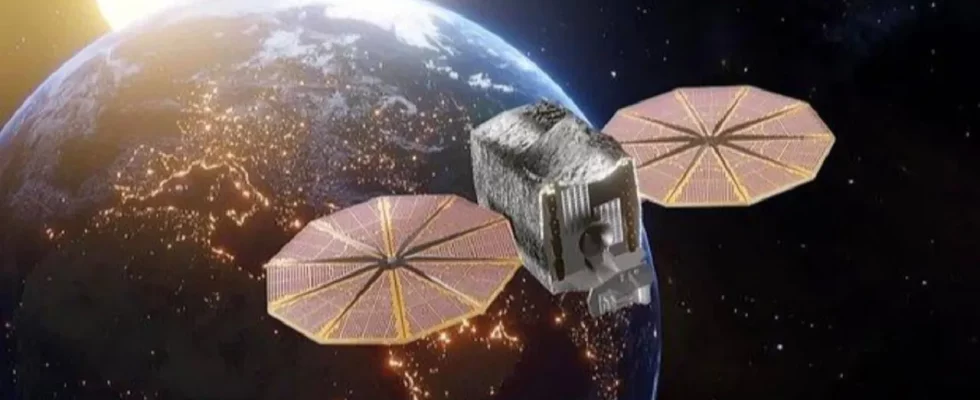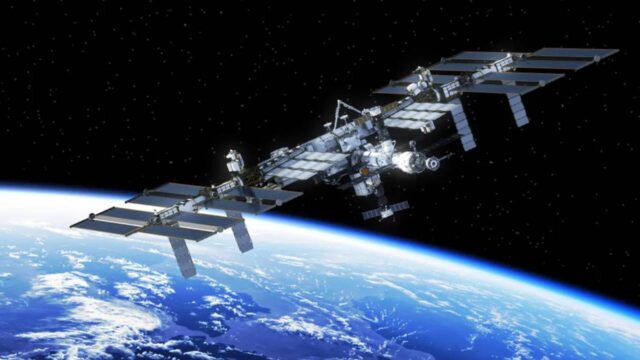A historic era begins for the Lucy Mission. NASA’s spacecraft set out towards asteroids that share the same orbit as Jupiter with the help of the Atlas V rocket about 2 years ago. The space agency named this mission Lucy. After gravitational support from Earth in 2022, the spacecraft began moving towards the intermediate target. He’s almost there now. The mystery of space will be illuminated with this mission. Here are the details…
NASA will examine fossils of the planet formation period with the Lucy Mission!
On Wednesday, the $1 billion mission will make its first asteroid flyby. It will come within 265 miles (425 km) of the small main belt asteroid Dinkinesh. NASA mentioned in a blog post that the encounter will take place on Wednesday at 16.54.
About an hour before the encounter, the spacecraft will begin to lock on to the small asteroid to direct its instruments toward it. In this way, the Lucy spacecraft will approach the Dinkinesh Asteroid while traveling at a speed of 4,470 meters per second. Thus, the spacecraft will provide the best possible position to receive data from the asteroid.
During this maneuver, Lucy’s main antenna will be pointed away from Earth. Therefore, it will not be in contact with its operators at Goddard Space Flight Center in Greenbelt, Maryland. Following the flight, the Lucy spacecraft will reposition itself to reestablish communication with Earth via the Deep Space Network. Images and other data will then be transmitted back to Earth over the next few days.
So what is the detail that makes this mission important for NASA? This flight is important to Lucy for several reasons. First of all, this will be the first real test of the spacecraft’s tracking system.
The Lucy spacecraft takes its name from the Lucy hominin fossils found in Ethiopia in 1974. Australopithecus afarensis These fossils of this species are of critical importance for our understanding of human evolution. The NASA mission will study “Trojan” asteroids that share the same orbit as Jupiter. Scientists believe these asteroids are remnants of a period of planet formation in the Solar System. That’s why he thinks it resembles fossils. Therefore, researchers gave this mystical name to this mission organized to search for fossils of the planet-forming period.

